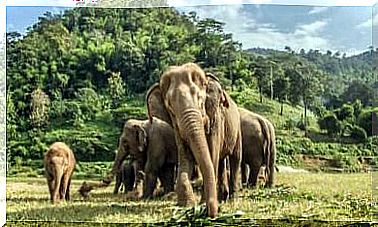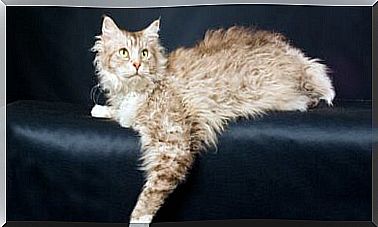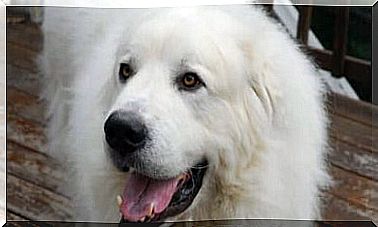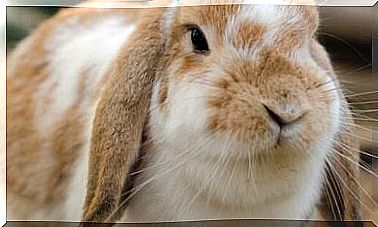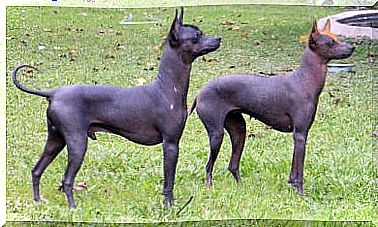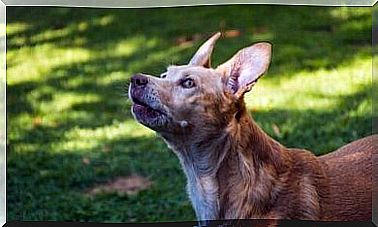Arm Of San Germain

The San Germain Arm is a historic breed, its predecessors dating back to Louis XV. It is an ideal dog for both hunting and companionship. Today we will give more details about this curious copy.
San Germain Arm
The San Germain arm emerged in the 19th century as a mixed race between English and French arms. In recent centuries, their ancestors accompanied monarchs and other members of French high society. These are believed to be the dogs that appear in Louis XV’s paintings.
They are dogs from the Saint Germain region, in Laye, France. Furthermore, they have excellent qualities as hunters and have a very docile temperament. Its fame emerged in the mid-19th century, when the breed began to appear in exhibitions across France.
The breed boom lasted until 1915, when different groups and associations in Europe began to register its characteristics. The breed slightly lost its function as a hunter, in exchange for becoming more ambivalent, in favor of being a better companion animal.
Physical aspects
They are medium to large dogs, robust and athletic; as well as energetic and adaptable to any type of situation and terrain. More about its characteristics below:
- They measure from 54 to 64 centimeters in height, weigh between 19 and 26 kilos.
- They have a large head, displaying the same features as other arms.
- Its snout is the same length as its skull, and ends in a wide, pink nose, while the upper lips cover the lower ones easily, without showing black spots. Also, although their mouth is very strong, with solid teeth, they have a very light bite.
- Its eyes are medium and golden in color, which provides a very harmonious look for this dog. On the other hand, the ears are at eye level and, like other arms, are droopy.
- His body is robust, muscular and gives way to a very defined chest, with a slightly protruding sternum. When he is at rest, you can appreciate the entire musculature of the animal.
- The tail is long, starting quite thick and ending in a point.
It is noteworthy that they also have a robust bone structure, which makes them suitable for the work they do; this also considering its long and strong limbs .
As for his gait, San Germain’s arm walk presents a trot, light, elegant and sustained, despite his strong physique. When hunting, the gallop is very energetic and constant, and it adapts to any terrain it encounters, without problems.
In addition, they are dogs with short but not too fine fur, white with orange spots. Usually, it is the ears and ribs that are orange in color.
Temperament
They are quite friendly dogs, despite being designed for hunting. They are also obedient and kind to their masters, although they are shy of strangers. They don’t require a lot of training, thanks to their intelligence.
As for your behavior in family life, the San Germain arm is appropriate, as long as the necessary care is provided to maintain your physical condition. Dogs of this breed are also recommended for rural families.
As they are very intelligent, they have great social skills to relate to other dogs and humans. An ideal dog for running on sunny days, or for an afternoon walk in the park, or even in places without too much fuss.
health, care and illness
The San Germain Arm is a breed quite resistant to many common dog diseases. However, it can suffer some serious disorders if the proper care is not taken in time, such as hip dysplasia and other joint problems.
Certain regions of the skin, such as the animal’s ears and other delicate places , must be cleaned to prevent the accumulation of moisture and the proliferation of fungi that are harmful to the animal. A gentle wash once a week is enough to remove dead hair from your coat.
As a field dog, you should pay attention to the possible appearance of parasites, such as ticks, and also to other elements that can affect the animal, such as thorns or stones in the pads of its paws.

